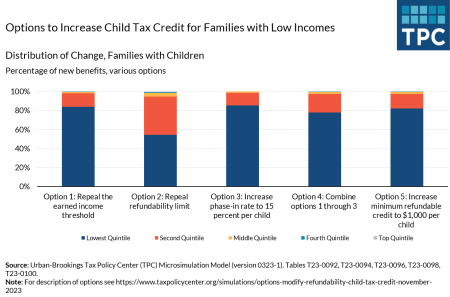Establishing a streamlined transfer pricing approach for baseline distribution — originally seen as the least controversial aspect of the OECD-brokered two-pillar global tax reform — has hit a roadblock that will be difficult to resolve.
First proposed in a 2019 OECD consultation document, a project awkwardly dubbed amount B was announced as a kind of enticement to multinationals wary of the more radical reallocation of taxing rights under amount A. Amount B was meant to simplify pricing of “baseline” wholesale distribution activities carried out by multinational groups, which have historically led to more disputes than the monetary stakes typically justify. As the 2019 consultation document put it, “appropriate and negotiated fixed returns could provide certainty to both taxpayers and tax administrations, and reduce the dissatisfaction with the current transfer pricing rules.”
The idea is that a mechanical system for assigning fixed operating margins to relatively stripped-down wholesale distribution subsidiaries could yield a reliable measure of an arm’s-length return, but without any of the compliance or enforcement costs associated with the bespoke transactional net margin method (or in U.S. parlance, comparable profits method) analyses performed today. In that sense, amount B wouldn’t so much displace the arm’s-length principle as establish a more practical way to apply it.
Despite this promise of mutual benefit, a new amount B consultation document released July 17 explains that inclusive framework countries involved in the negotiations have split into two camps. For the first group, the eligibility rules, or “scoping criteria,” for amount B should rely heavily on quantitative screening. The group argues that a functional intensity metric — specifically, operating expenses as a percentage of sales — should be used to screen out distribution subsidiaries that do more than carry out basic wholesale distribution activities.
For the second group, an operating expense intensity screen isn’t good enough. It insists on layering an independent, subjective test that would eliminate distributors that perform anything covered by the amorphous concept of “non-baseline contributions.” The group’s members question the empirical and theoretical basis for an operating expense intensity screen, and they acquiesce to its use only to confirm the qualitative assessment of the baseline or non-baseline character of a distributor’s activities. According to the first faction of countries, this kind of subjective stand-alone screen would largely defeat the purpose of amount B, which is to simplify and streamline the process.
In its new consultation document, the OECD unfortunately saw fit to refer to those rival approaches to amount B as “Alternative A” and “Alternative B,” which is doubly confusing given the lack of any inherent link between the letters and the supporters. Although obscure runic characters that fell into disuse centuries ago would probably be preferable to another A-or-B naming system, I’ll simply refer to each option as what it actually is: a qualitative screening approach (alternative B) and a more objective screening approach (alternative A).
The proposal laid out in the new consultation document represents undeniable progress on amount B. Unlike its December 2022 predecessor, which was more like a menu of options than a concrete proposal, the new document contains a structured series of scoping tests and a pricing matrix that assigns operating margins based on industry and factor intensity. It also proposes some practical solutions for the problems that arise in jurisdictions where local comparables are scarce or nonexistent.
What the document doesn’t do and, at least at this point, couldn’t do is suggest any basis for compromise on the fundamental quantitative-versus-qualitative screening debate that still divides countries involved in the negotiations. None of the OECD’s considerable progress in other areas, including its refinement of other scoping criteria and its flexible but relatively administrable proposed pricing matrix, will amount to much if countries can’t reach agreement on the issue.
By all accounts, the U.S. delegation seems resolute in its insistence that objective operating expense intensity screening can do the job of eliminating non-baseline distributors without creating the uncertainty and risk of disputes associated with a subjective test. If countries that favor a more qualitative approach weren’t equally steadfast in claiming that only a qualitative exclusion criterion can ensure that amount B applies only to the intended category of distributors, there probably would have been an agreement by now.
It’s unfortunate that progress on the most practical and, in principle, widely beneficial element of the entire two-pillar project has stalled because of this dispute. And it’s particularly unfortunate that the dispute reflects what appears to be an obstinate unwillingness by one side to trust quantitative metrics. Unlike other areas of tax law, which typically use mechanical and prescriptive rules, transfer pricing is an economics-based field that fundamentally relies on quantitative variables like prices and profitability metrics to determine whether controlled transactions are priced at arm’s length.
It’s difficult to conceive of a version of amount B that allows subjective assessments to override operating expense intensity metrics while still achieving its goals of simplification and dispute prevention. Hopefully, countries will become more amenable to a quantitative approach to amount B before the project starts to languish, but for now that doesn’t seem particularly likely.
Read the full article here








